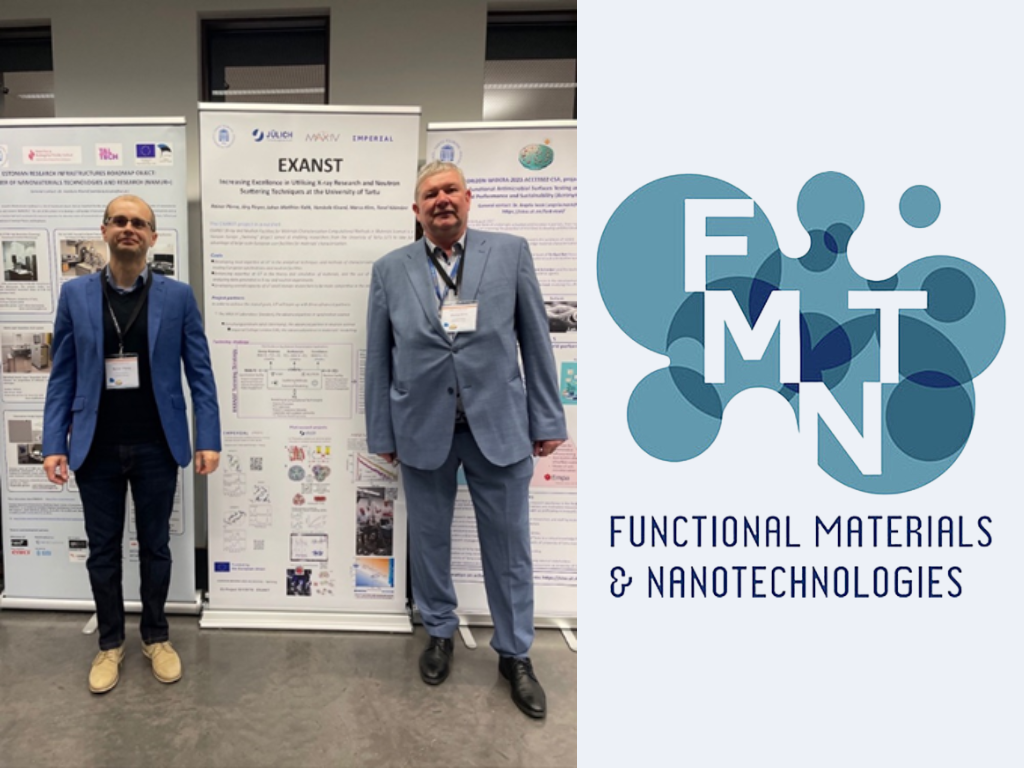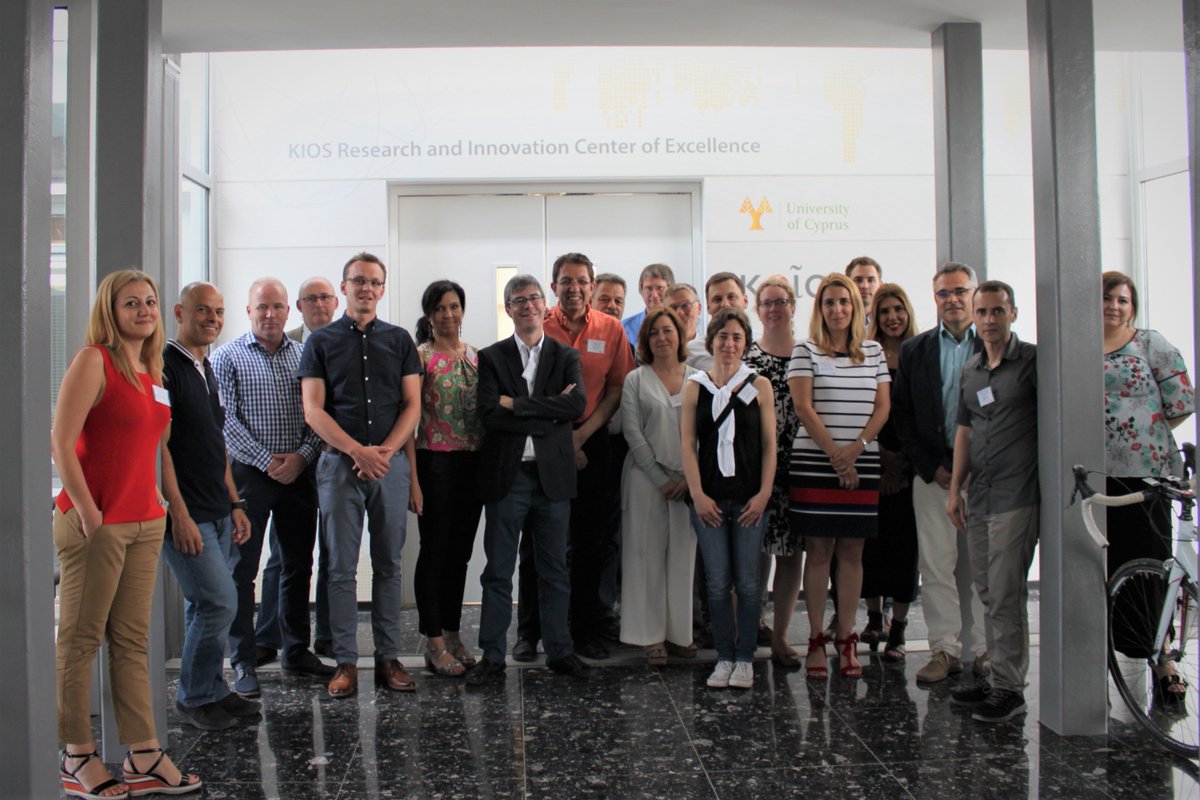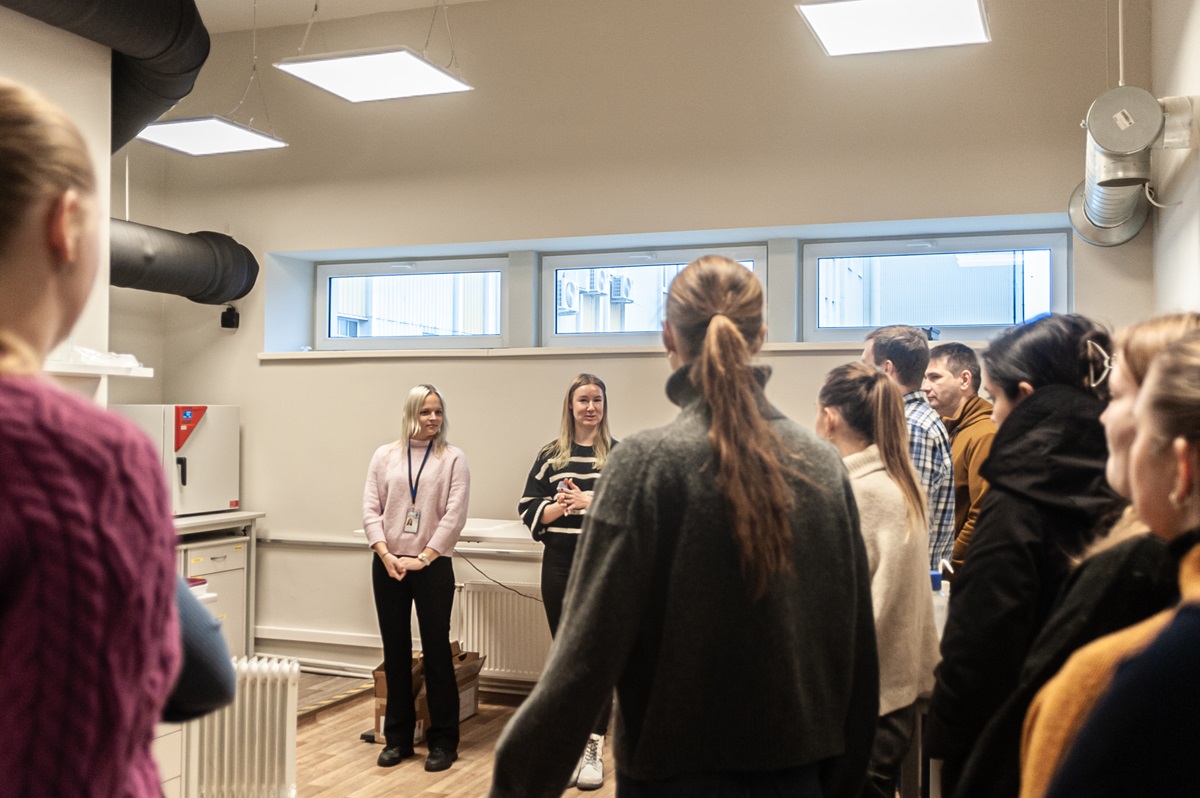The director of the Institute of Solid State Physics, University of Latvia (ISSP UL), Andris Anspoks, played a significant role at the International Conference ‘Functional Materials and Nano Technologies + Nanotechnology and Innovation in the Baltic Sea Region (FM&NT-NIBS 2024)’ held in Tartu, Estonia, from October 6-9, 2024.
Anspoks, along with researchers from several ISSP UL laboratories, actively participated in the conference. He was instrumental in maintaining and strengthening ISSP UL’s relations with various prestigious institutions, including the University of Tartu, Vilnius University, National Sun Yat-sen University (Taiwan), Kiel University, Adam Mickiewicz University (Poland), and the University of Southern Denmark. His efforts facilitated valuable communications between young and experienced researchers and these partner institutions.
In addition to his networking activities, Anspoks served on the International Steering Committee, where he chaired a session and evaluated posters and presentations by young researchers, contributing significantly to the conference’s success.
After engaging with colleagues and observing the current landscape of functional materials and nanotechnology, Andris Anspoks believes that the EXANST project, which fosters the use of X-ray and neutron sources in research, represents a promising avenue for future collaborations. This initiative highlights the potential for advancing scientific exploration and innovation through enhanced partnerships in the field.
The FM&NT-NIBS conference series, initiated by the Institute of Solid State Physics, University of Latvia, has a rich history. Following discussions at FM&NT-2012, the conference has been organized by the Institute of Physics, University of Tartu, every third year since 2013. The event rotates annually among Riga, Tartu, and Vilnius, with the 2024 conference marking the third time it was held in Tartu, organized by the Estonian Physics Society and the University of Tartu.



